
AVA's Insights
Unlock business brilliance with GridTier's latest features, indispensable best practices, and dynamite marketing strategies! Keep your edge sharp – follow our blogs for the newest updates.


The Pros and Cons of Automation: An in-Depth Analysis
Exploring the domain of automation uncovers a fascinating dichotomy where efficiency pairs with challenges, painting a picture of progress shadowed by uncertainty.
This foray into the mechanics and outcomes of automation reveals a landscape where human endeavors collide with silicon counterparts, forging new pathways in productivity, economics, and even ethics.
As we appraise the upsurge in automated processes, we discern their tangible impacts on industries and societies, pulsating with the promise of innovation yet tinged with the concern for the human workforce.
Navigating these waters requires a steady hand and an open mind, for the effects of automation extend far beyond the bottom line.
Keep reading as we unravel the intricacies of automation, evaluating its multifaceted repercussions on our world.
Key Takeaways
Automation Increases Efficiency and Streamlines Workflows in Various Industries
The Precision of Automated Systems Enhances Quality Control and Reduces Variance in Product Manufacturing
Automation's Rise Brings Concerns About Job Displacement and the Widening Skills Gap
Despite Environmental Benefits, Automation Poses Challenges in Adopting Sustainable Practices Due to Costs
Successful Human-Machine Collaboration Requires Thoughtful Design and Ethical Considerations for Privacy
Boosting Productivity Through Automation
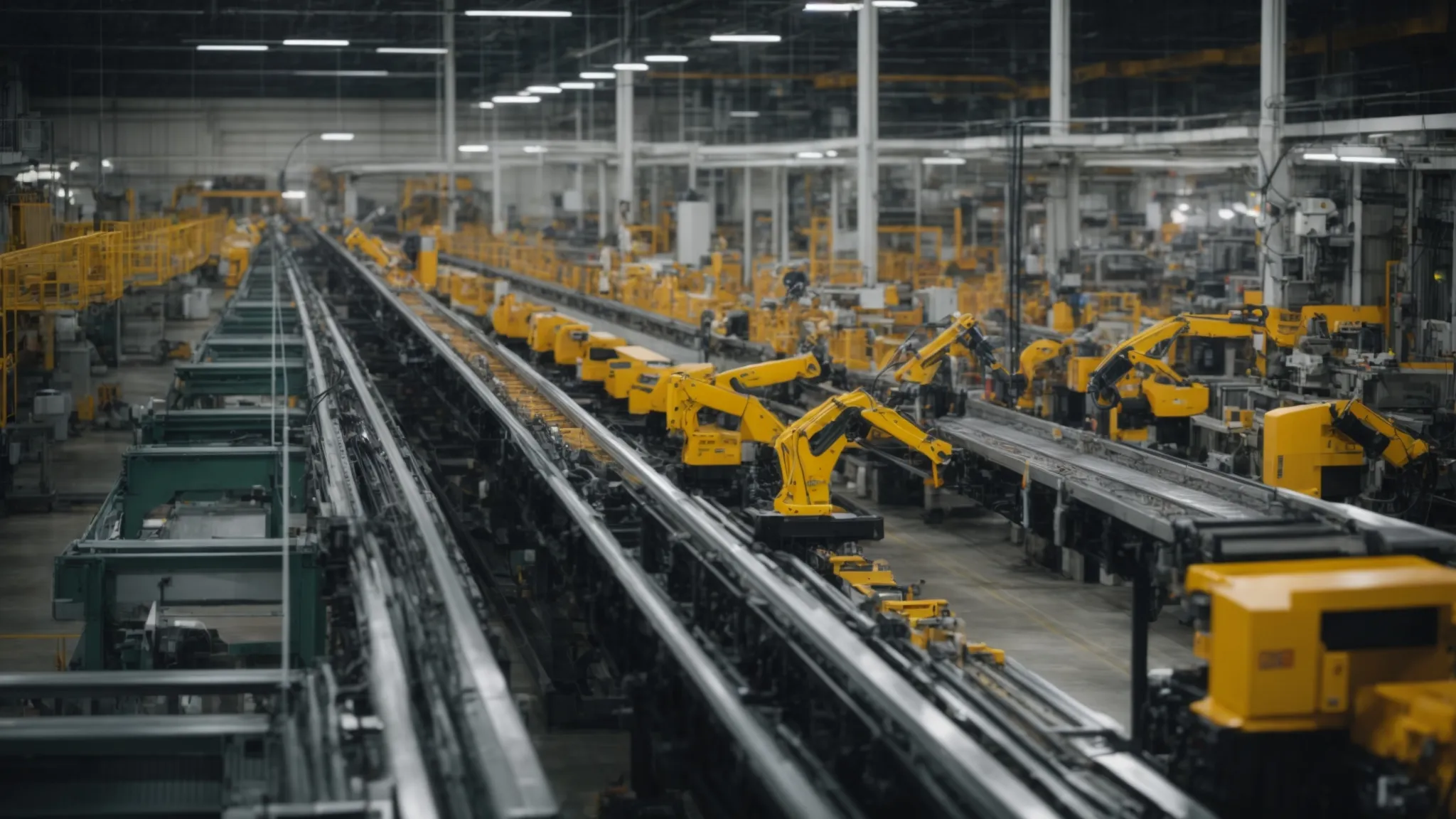
Shifting the gears of progress, automation has emerged as a linchpin in the industrial narrative, carving paths for unprecedented productivity gains.
My reflections on its influence extend to how meticulously orchestrated robotic systems refine workflows, streamlining tasks that once stifled efficiency.
Through automation, the inherent delays of manual operations are eclipsed by a swift and consistent output, reshaping the terrain of production with striking velocity.
It's this transformative potency that lends itself to the heightened outputs we observe across industries, advancing our capabilities, and challenging our perspectives on the potential within our workforce.
How Automation Increases Efficiency in Workflow
In my experience, automation has been the catalyst for a fundamental evolution in workflow efficiency. It transcends the blunt edge of human error, enabling a precision that marries speed with reliability.
My observations have noted that, through its implementation, tasks that once required arduous human labor now unfold seamlessly, freeing personnel to focus on strategic objectives rather than menial work.
The Impact of Enhanced Speed on Production Output
Witnessing the advent of high-speed automation has revolutionized production lines, with the velocity of output scaling to peaks that once seemed unattainable. My analysis uncovers that now, machines tirelessly execute what human hands managed, delivering a prolific stream of products with minimal lapse in momentum.
Environments once throttled by the pace of manual labor are invigorated, as accelerated production capacities usher in a new echelon of economic performance. Reflecting on this transition, I have seen enterprises leap at the opportunity to meet market demands with remarkable agility, a virtue imparted by the swift currents of automated processes.
The Economic Implications of Adopting Automation
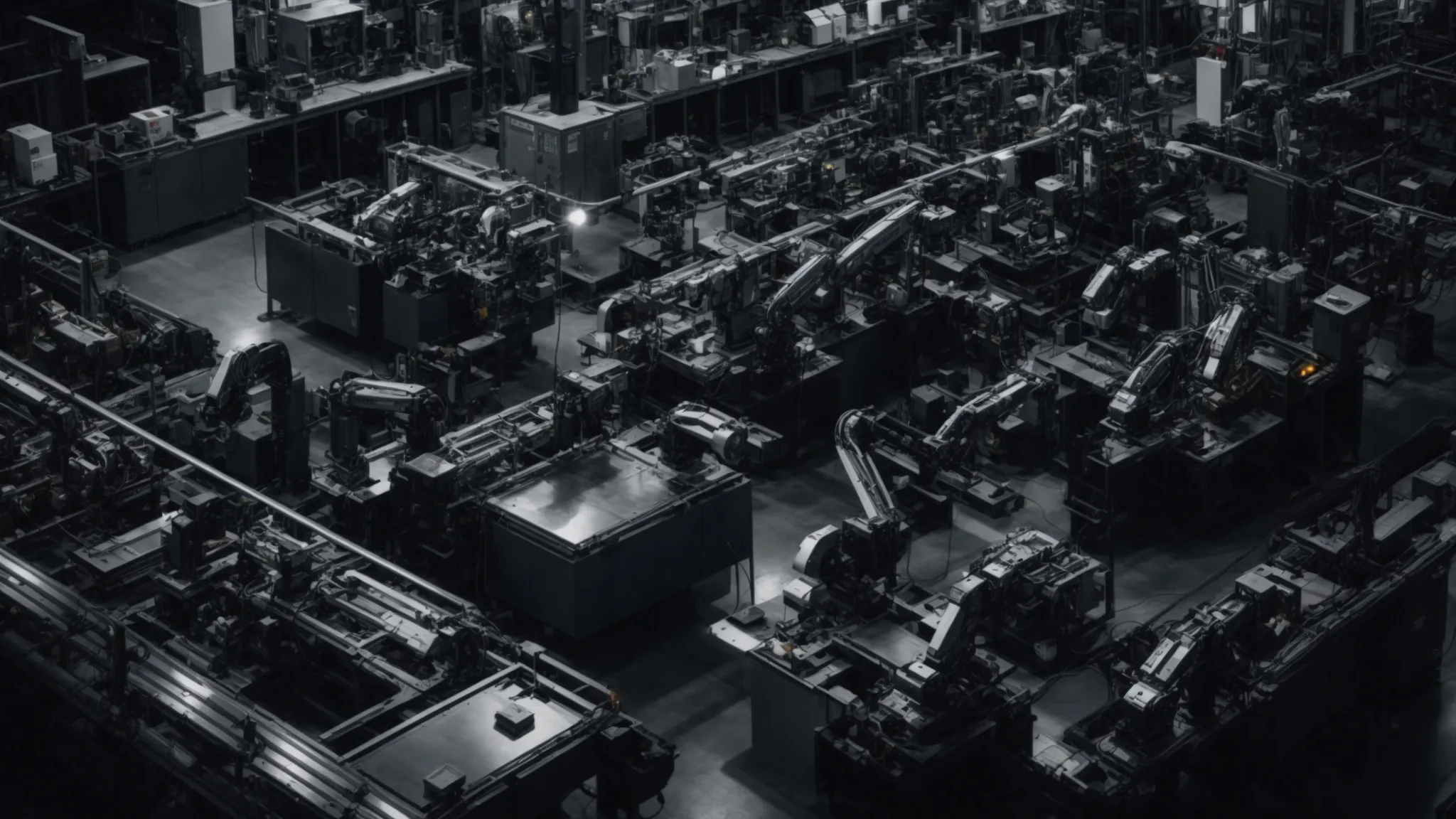
Automation, a critical fork in the road for economic structures, brings both efficiency and disruption in its wake.
I've witnessed firsthand its duality; it engineers solutions that trim the fat from bloated budgets, yet it simultaneously ignites debates surrounding labor markets.
Reducing operational costs with smarter, technology-driven systems offers an alluring promise to businesses poised to maximize their resources.
Yet, the shadow cast by these innovations touches upon concerns of job displacement and the widening skills gap.
Addressing this dichotomy, my focus sharpens on the delicate balance between leveraging automation for economic growth and ensuring the vitality of a future-ready workforce.
Reducing Operational Costs With Smart Solutions
In navigating the economic landscape, my journey has unveiled efficiencies unlocked by smart automation solutions. By introducing such systems, businesses I've engaged with effectively slash overheads, liberating capital that once languished under the weight of cumbersome manual processes.
My role has often placed me in discussions where the spotlight centers on the trimmer expense sheets post-automation adoption. Robotic precision and software accuracy whittle down the incidence of costly errors, a transformation palpably reflected in the bottom line of enterprises I've observed.
Potential Job Displacement and Skills Gap Challenges
Engaging with various sectors, my interactions have illuminated a stark reality: the surge in automation directly correlates with potential job displacement. As digital systems and machinery replace roles traditionally held by human workers, concerns mount over the future employability within certain industries, crafting a scenario where adaptation becomes a requisite for survival.
Simultaneously, the skills gap presents an obstacle as pronounced as it is widespread. I've observed that as technology advances, the demand for specialized skill sets increases, yet the educational and training infrastructures lag in producing a workforce ready to step into these new roles, creating a chasm between job requirements and available talent.
Navigating the Qualitative Benefits of Automated Systems
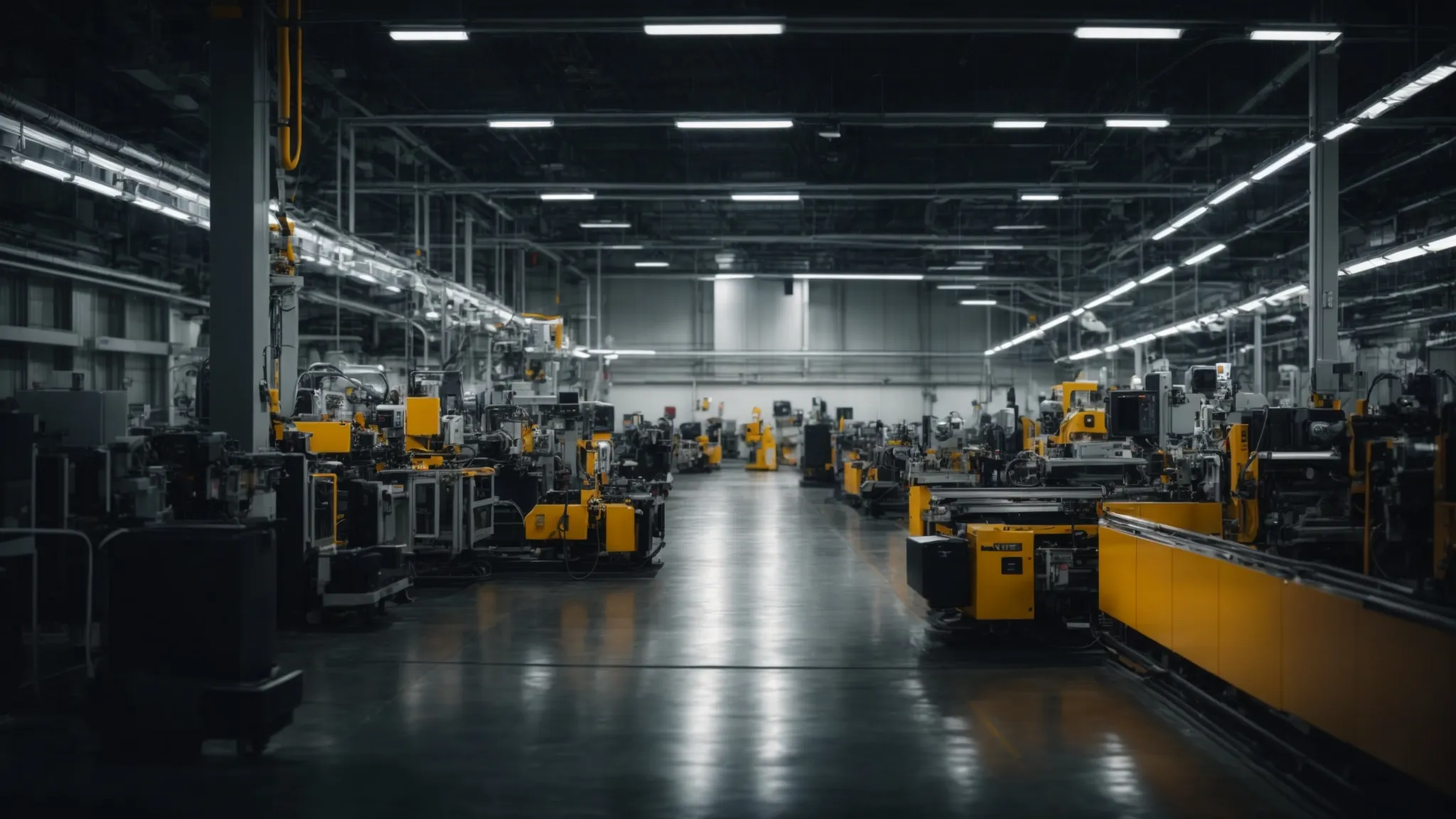
As I turn my attention to the more nuanced advantages of automation, I find myself immersed in the realms of enhanced precision and the implications of data utilization within the framework of business acumen.
The relentless pursuit of excellence in quality control is given a new lease of life where automated systems are deployed, ensuring outputs not only meet but often exceed industry standards with consistent know-how.
Simultaneously, the rich seam of data that automation mines presents a treasure trove for those with the foresight to harness its predictive power, sculpting decision-making processes that are both informed and transformative.
These aspects blend to form a mosaic of qualitative benefits that challenge traditional paradigms and invite a redefinition of operational excellence.
Enhancing Precision and Quality Control Measures
Embracing the age of automation, I've observed a stark increase in the consistency and precision of product manufacturing, underscored by my discussions with quality assurance teams. The rigorous standards embedded within automated systems virtually eliminate the variances seen in products made by the human hand, enacting a level of precision that defines a new standard in quality control.
In my role, examining the outcomes from industries where precision is non-negotiable, the absence of deviation in measurements and application has been compellingly linked to the meticulous nature of automation. It's these precision-driven automated environments that have caught my eye, as they consistently uphold excellence and redefine the benchmarks for product reliability and consumer trust.
Leveraging Data for Improved Decision-Making Processes
In my professional excursions through the landscape of modern business, the power of data harvested by automated systems emerges as distinctly transformative. These granular insights enable an organizational acuity, steering decisions toward more strategic, informed pathways.
My engagement with industry leaders who harness this data showcases a remarkable shift; from conjecture-based to evidence-driven decision-making, where choices are sculpted by the robust analytics provided by automation's silent watchers.
The Environmental Aspect of Automation Technology
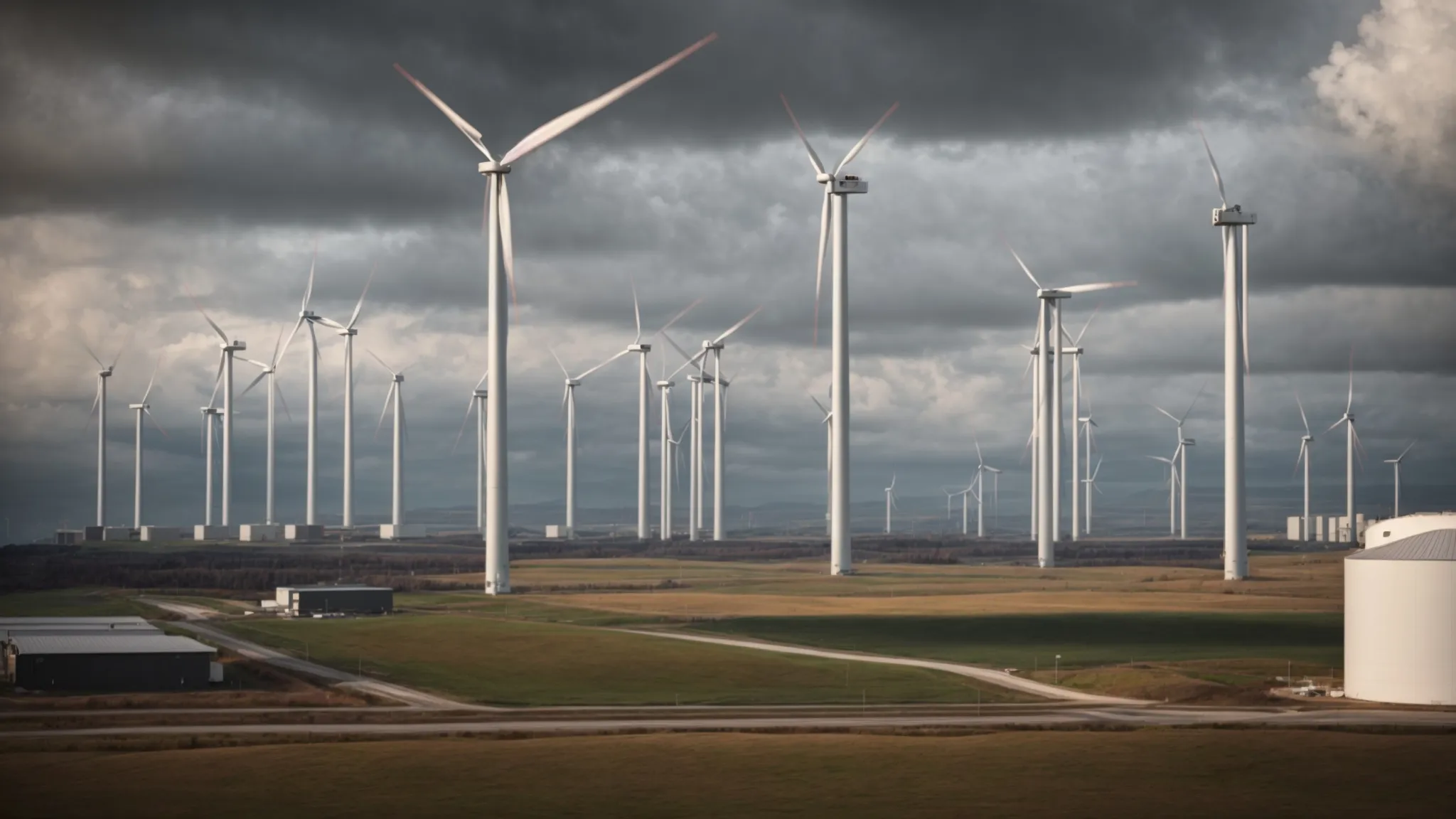
Turning our attention to the environmental footprint of automation technology, it's essential to address both the bright spots and the shadows it casts on our ecological tapestry.
My experiences with automated operations have revealed a fascinating paradox: while they possess the ability to diminish carbon emissions by streamlining and optimizing production, there are unavoidable hurdles in the push towards a greener horizon.
As we probe deeper into the dual role automation plays, it's my observation that the transition to energy-efficient processes is a revolutionary step forward, yet the integration of environmentally friendly technologies faces tangible barriers that must be deliberated with gravitas.
Reducing Carbon Footprint Through Efficient Operations
As I delve into the benefits automation brings to the planet's health, it's energizing to witness the reduction in carbon emissions achieved through enhanced operational efficiency. Machines tailored for optimal energy consumption are remapping industries into eco-friendlier landscapes, a testament to technology's ability to nurture rather than deplete our shared environment.
My analysis has also highlighted that by curating production processes with an eye towards minimizing waste, automated systems offer a compelling narrative of resource conservation. These smart operations not only bolster the corporate green agenda but also demonstrate to stakeholders the tangible strides made towards a more sustainable and responsible mode of production.
Limitations in Green Technology Implementation
In my professional assessments of sustainable transformations, I have consistently encountered obstacles to the seamless adoption of green automation technologies. These barriers often stem from high initial investment costs, which can deter companies from embracing environmentally sound practices, despite long-term savings and efficiencies.
Additionally, my insights reveal that while some industries are eager to integrate sustainable systems, they face challenges in retrofitting existing frameworks with advanced green technology, a task complicated by both the intricacy of implementation and the ongoing maintenance such systems typically require.
Addressing the Complexities of Human-Machine Interaction
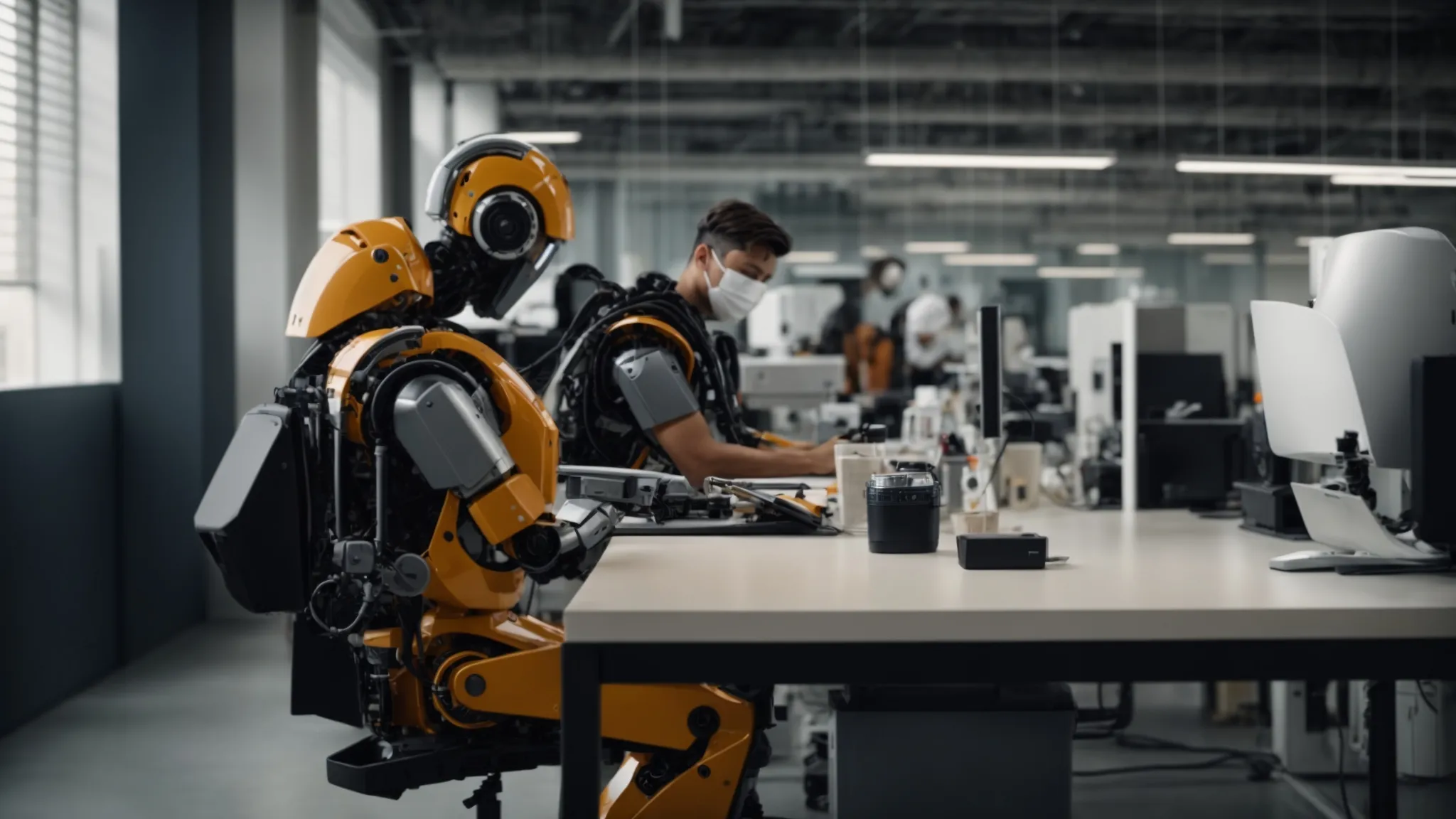
Treading into the intricate dance of human-machine collaboration, I've come to respect the delicate balance required to foster a workspace where cooperation thrives and autonomy is respected.
My experience has led me to witness the thrumming vitality of environments where machines augment human potential, not stifle it—a synergy necessitating thoughtfulness in design and foresight in application.
Complementing this is a realm charged with ethical gravity—the deployment of automated surveillance, which calls for vigilant oversight to ensure the sanctity of privacy is upheld.
As I dissect these realms further, my focus sharpens on how these concepts can coexist within the dynamic mosaic of the modern workplace.
Cultivating a Collaborative Workspace Culture
In my career's journey, I have seen that nurturing a collaborative workplace culture amidst automated systems demands vigilant human engagement. It’s about creating a dialogue—a continuous exchange where machines and people learn from each other, fostering a climate where innovation blossoms from collective input.
My involvement has convinced me that successful implementation of such collaborative cultures hinges on recognizing the unique strengths of both human workers and their mechanical counterparts. This mutual appreciation facilitates a thriving environment where the creativity of human thought and the consistency of machines work in concert, bringing out the best in both.
Ethical Considerations in Automated Surveillance and Privacy
My scrutiny into the deployment of automated surveillance systems has consistently highlighted the ethical quandaries that arise. Ensuring the privacy of individuals remains a critical concern, as the voracious appetite for data by these systems can sometimes jeopardize the sanctity of personal information, leading me to stress the imperative of constructing robust privacy protections in tandem with surveillance advancements.
In discussions surrounding machine intelligence, I have underscored the duty of safeguarding against the misuse of surveillance capabilities. My advocacy involves promoting transparency in the application of these technologies and demanding rigorous oversight, tasks I consider fundamental to maintaining trust and upholding the ethical standards that must girdle our ever-expanding digital world.
The Future Scope and Scalability Challenges in Automation

Peering into the not-so-distant future, my attention shifts to the expansive trajectory of automation and the complexities it carries along.
The evolution towards fully autonomous systems is not just a leap in technological sophistication, but a complete reimagining of operational dynamics.
Yet, it's not without its hurdles; maintaining these sophisticated systems, ensuring compatibility with existing technology, and managing their upgrades are critical challenges that beckon both caution and foresight.
In my professional pursuit, I have consistently explored these areas, seeking to unravel the threads of sustainability and functionality that will dictate the scalability of automation in the years to come.
The Evolution Towards Fully Autonomous Systems
Amidst the accelerating shift towards automation, the evolution towards fully autonomous systems captures my keen professional interest. These systems herald a transformative epoch in which real-time decision-making and operational independence collide, creating a new frontier that both excites and dares us to rethink our reliance on human oversight.
Their ascension conjures visions of facilities humming with self-regulated machinery, yet it's clear this march towards autonomy must navigate the complex interplay of technological innovation, regulatory frameworks, and societal acceptance. My viewpoint reflects on the practicality of this transition, considering the ramifications and adaptations required to embrace a future steered by machines capable of self-governance.
Navigating Upkeep, Compatibility, and Upgrade Issues
Embarking on the adoption of automation technologies, my experiences highlight the significance of continuous upkeep to ensure smooth, uninterrupted operations. Sustaining optimal performance mandates a proactive stance on maintenance, a task compounded in complexity by the intricate choreography of mechanical and software components I have had to manage.
The compatibility and upgradability of automated systems are another terrain I navigate, marrying existing infrastructure with cutting-edge technology. It's pivotal that upgrades harmonize with current systems to avoid disruptions, a challenge that exercises my acumen in strategic planning and foresight to preempt compatibility pitfalls.
Frequently Asked Questions
Can automation significantly enhance production efficiency?
Absolutely, automation can be a game-changer in boosting production efficiency. It allows for consistent output while minimizing human error and fatigue.
How does automation impact job markets and economies?
Automation redefines the landscape of job markets by shifting the demand from routine-based tasks to those requiring complex problem-solving skills, significantly influencing job availability and skill requirements. It also injects efficiency and productivity gains into economies, which can lead to economic growth and the creation of new industries, albeit with accompanying challenges in workforce transitions and income distribution.
What are the unquantifiable gains from automating processes?
Automating processes brings a swath of benefits that transcend mere numbers, embedding efficiency into the very fabric of an organization. It's not just about slashing time and costs; it's the ripple of innovation and empowerment across the workforce that charts a new course for business growth.
Does automation contribute to sustainability and eco-friendliness?
Absolutely, automation has a significant role in promoting sustainability; it enhances efficiency and minimizes waste, contributing to eco-friendly practices across various industries. With advanced systems optimizing resource use, the environmental footprint of production processes is reduced.
What are the hurdles in integrating humans and robots?
Integrating humans and robots presents challenges around safety protocols and establishing effective communication systems between organic and artificial intelligence. Additionally, there are significant ethical and economic implications to consider, as this integration could deeply impact labor markets and societal norms.
Conclusion
Automation marks a pivotal shift in enhancing efficiency and production speed, enabling businesses to meet market demands with agility and precision.
While it reshapes economic structures, reducing operational costs, it also raises concerns over job displacement and widening skills gaps that must be addressed.
The qualitative benefits, such as data-driven decision-making and improved quality control, pair with the need for ethical considerations in human-machine interactions and privacy.
Navigating these challenges, the future of automation promises expansive growth but requires careful deliberation on maintenance, compatibility, and scalability to fully harness its potential.

Unify, Simplify, Amplify with GridTier.
Copyright © 2024 GridTier All rights reserved.
